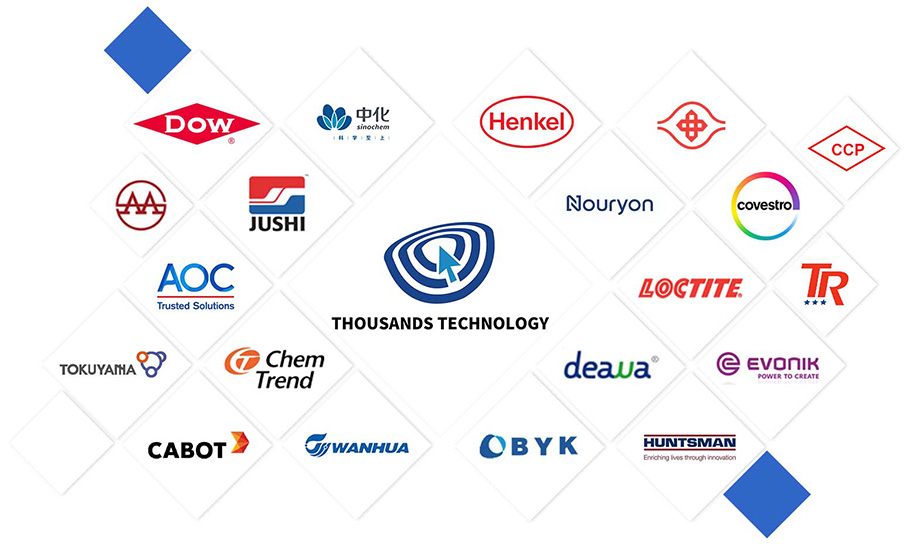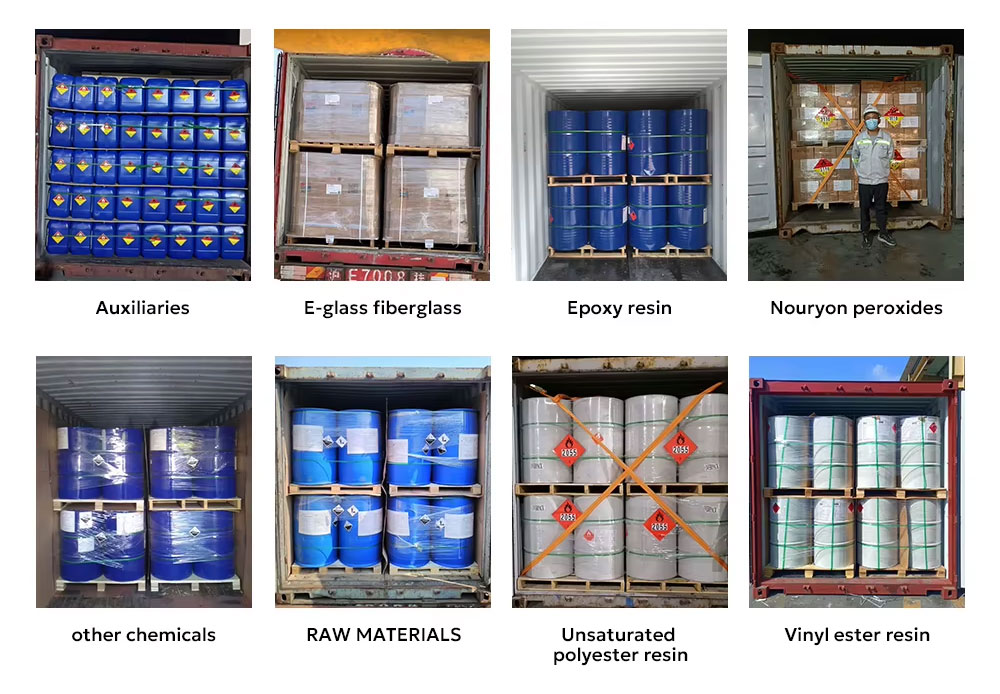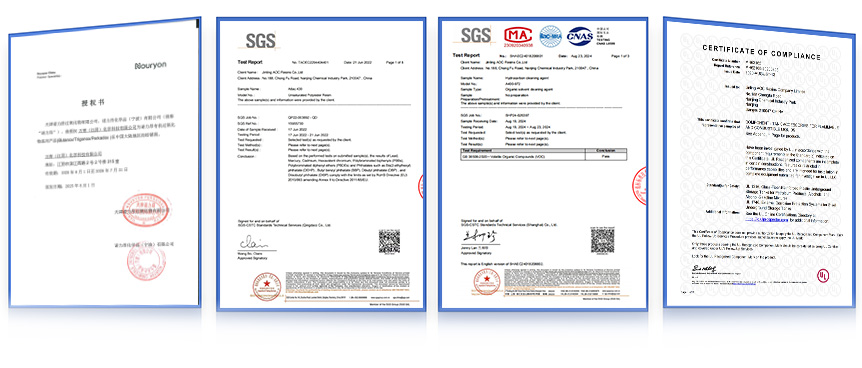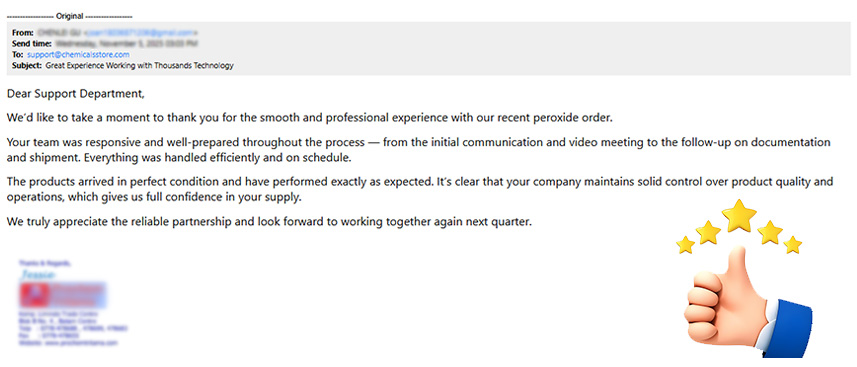Deawa®5213 Release Agent provides excellent performance in large demolding applications. It can be used for the release of the following materials: epoxy resin (thermoset resin, composite fiber materials), polyester materials, and thermoplastics.
| Supplier | |
|---|---|
| Industry | Automotive & Transportation, Building & Construction, Electrical & Electronics, Home Renovation, Marine Vessels, Wind Energy |
| Additive Classification | Mold Release Agents |
| Appearance | Clear liquid |
| Odor | Hydrocarbon |
| Solvent | Aliphatic hydrocarbons |
| Specific gravity | 0.760±0.010 |
| Thermal stability after curing | 400°C |
Sensitive to moisture, the lid should be tightly sealed when not in use. Ensure good air circulation during use.
For best results, deawa®5213 release agent should be applied on clean and dry molds. All waxes, sealants, scrubbers, and other release agent residues must be cleaned thoroughly. You can choose deawa®577S mold cleaner, deawa®553S mold cleaner, or other cleaning solvents for cleaning.
(Refer to the product safety data sheet before use)Deawa®5213 release agent can be applied at room temperature using a clean, lint-free cloth (nonwoven fabric should not be used as Deawa’s solvent will dissolve the adhesive in nonwoven fabrics).
First, use a clean, lint-free cloth soaked with the release agent, and then apply it evenly and systematically to the mold surface. The requirement is to form a smooth and wet film, and then immediately use a clean, lint-free cloth to spread it from the outside in. Do not work on the mold surface immediately after wiping; wait for the release agent to fully cure before proceeding with production.
Generally, two layers or a thicker base coat are needed, with each layer requiring 5-10 minutes for the solvent to evaporate. The final layer needs 20 minutes to fully cure before starting production. Note: The base coat should be dry and non-sticky.
A better release effect is ensured when every tiny part of the mold surface has sufficient and even coverage of the release agent.
If release difficulty occurs, you can choose to reapply on the entire mold or only the problematic areas.
To make chemical sourcing more efficient reliable, and intelligent


Every process of our packaging is very strict
just to betterdeliver the goods to your hands!







